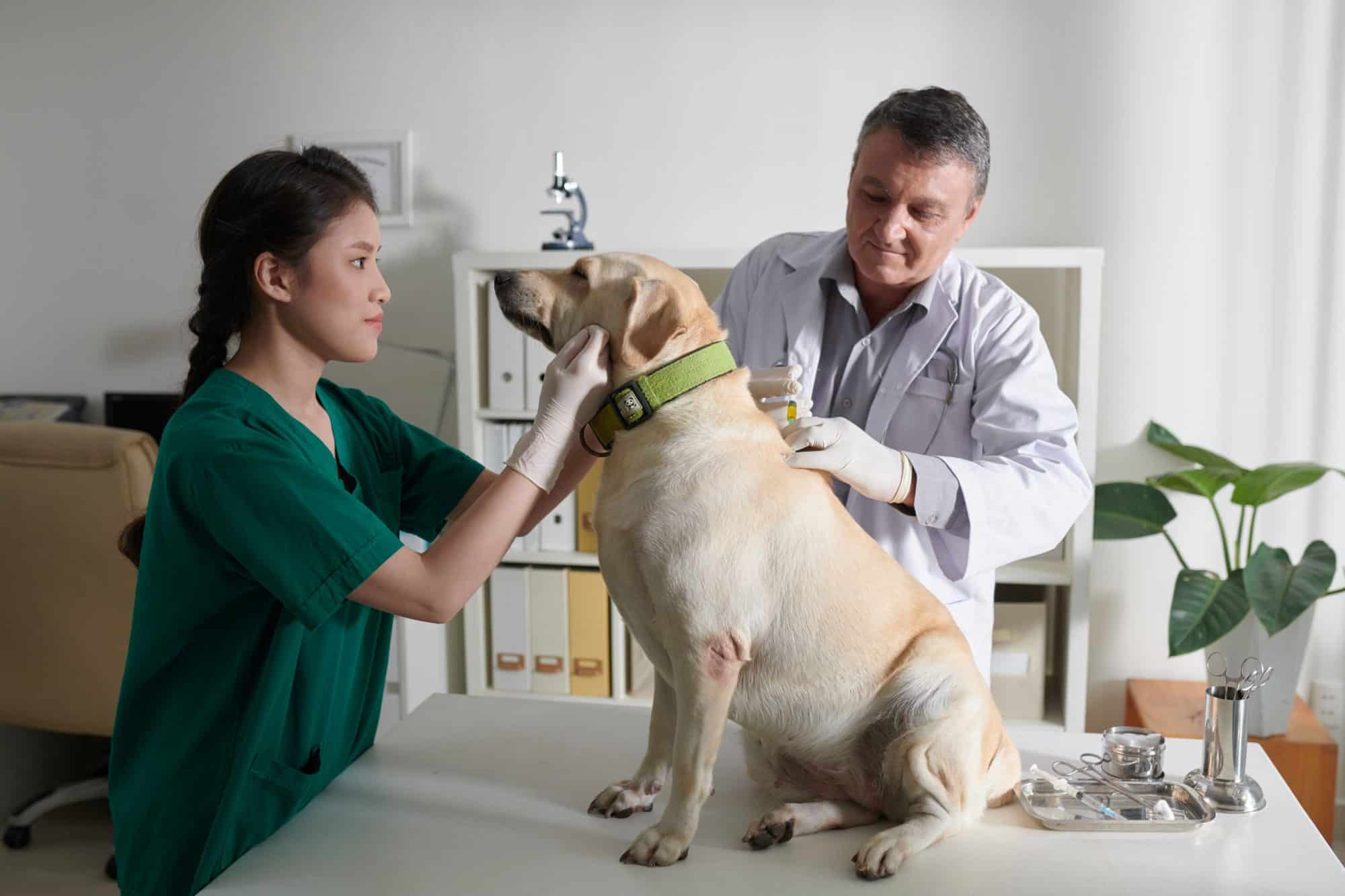The rise in demand for telehealth in animal hospitals is transforming pet care. You notice the shift when you consult with a veterinarian in Oakville, or anywhere else, without leaving your home. Telehealth offers quick answers to pressing concerns, reduces waiting times, and eases the stress of travel for your furry companion. It bridges the gap between minor aches and major precautions. The convenience of virtual consultations means you address issues sooner, potentially avoiding serious problems. Additionally, telehealth allows you to connect with specialists outside your local area, expanding access to quality care. Your pet’s wellbeing is paramount, and telehealth makes that care more accessible. The shift to digital consultations supports a seamless experience while maintaining the high standards you expect from your veterinary team. As this trend continues, telehealth will likely become a staple in ensuring pets receive the attention they need.
Why Telehealth Is Growing
Telehealth’s growth comes from several factors affecting pet owners and veterinary professionals. Technology advancements have lowered the barrier for digital consultations. More people have smartphones and internet access, simplifying virtual vet visits. Convenience and time-saving benefits attract busy pet owners who seek efficient solutions.
Also, the COVID-19 pandemic accelerated the adoption of telehealth services. According to American Veterinary Medical Association, many veterinary practices turned to telehealth during pandemic-related restrictions. This change showed the effectiveness of remote consultations, encouraging more clinics to maintain these services post-pandemic.
Benefits of Telehealth in Veterinary Care
Telehealth offers distinct advantages for pet owners and veterinary providers. Here are three key benefits:
- Accessibility: Veterinary telehealth extends reach to rural and underserved regions. Pets receive timely care that may not be otherwise possible. This expansion improves overall pet health and community well-being.
- Cost Efficiency: Telehealth can lower the cost of veterinary services by reducing travel and overhead expenses. Pet owners save on transportation and time, while vets can operate more efficiently.
- Improved Health Outcomes: Early intervention through telehealth can prevent minor issues from escalating. Pet owners can quickly address concerns, improving long-term health outcomes for their animals.
Comparing In-Person and Telehealth Visits
Both in-person and telehealth visits have their place in veterinary care. However, understanding their differences helps in choosing the right option for your pet.
| Aspect | In-Person Visits | Telehealth Visits |
|---|---|---|
| Travel | Required | Not Required |
| Access to Specialists | Limited by Location | Expanded |
| Diagnosis Accuracy | High | Depends on Issue |
| Cost | Higher | Potentially Lower |
Challenges of Implementing Telehealth
While telehealth offers many benefits, it also poses challenges. Veterinary professionals must navigate licensing laws and ensure quality care remotely. The U.S. Food and Drug Administration highlights regulatory requirements impacting telemedicine. Ensuring data privacy and security during virtual consultations is crucial. Technology barriers, such as limited internet access in some regions, can also hinder the effectiveness of telehealth.
The Future of Telehealth in Veterinary Medicine
The future of telehealth in animal hospitals looks promising. As technology advances, virtual care will continue to evolve. Integration of artificial intelligence and advanced diagnostic tools can enhance telehealth’s effectiveness. These improvements will likely lead to more widespread adoption and increased trust in digital veterinary care.
Pet owners can expect telehealth to become a regular part of their veterinary experience. Continued advancements will make telehealth an even more valuable component of comprehensive pet care. Embracing this change ensures your pet receives the best care possible, regardless of location or situation.
